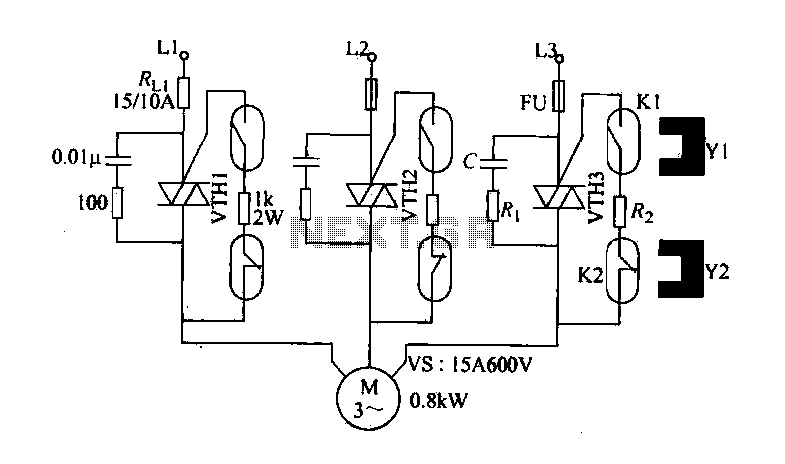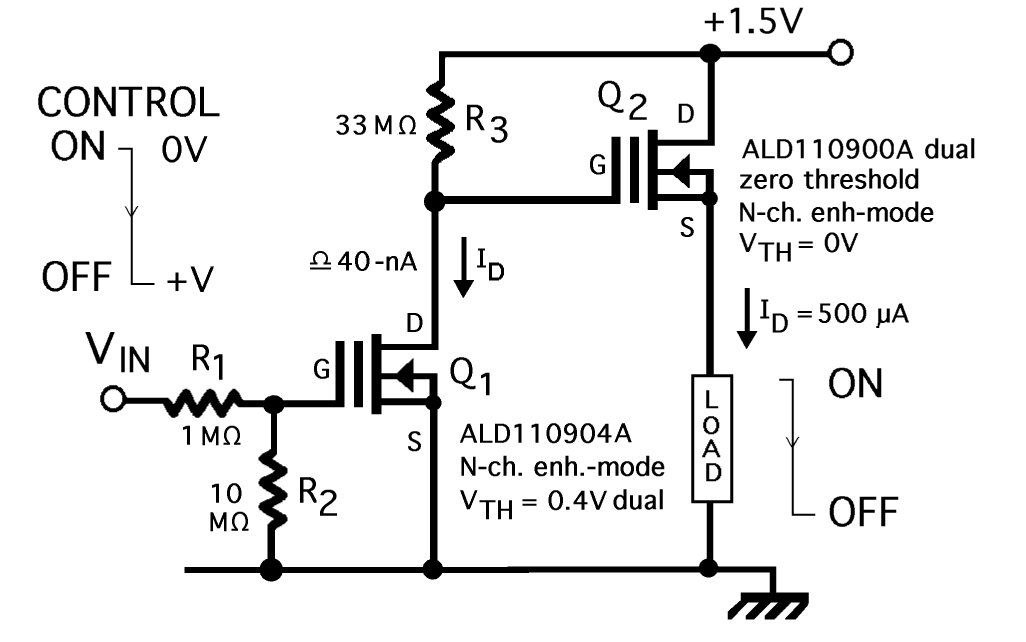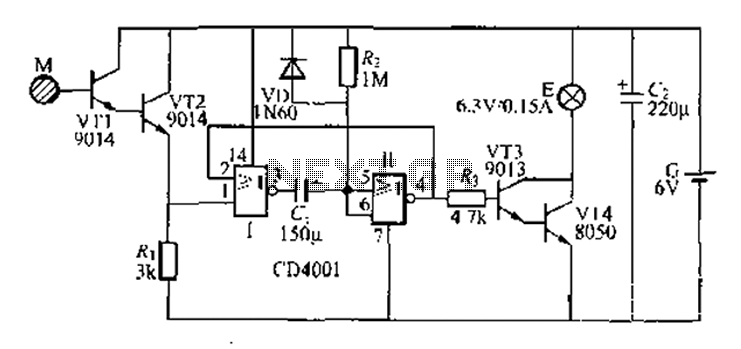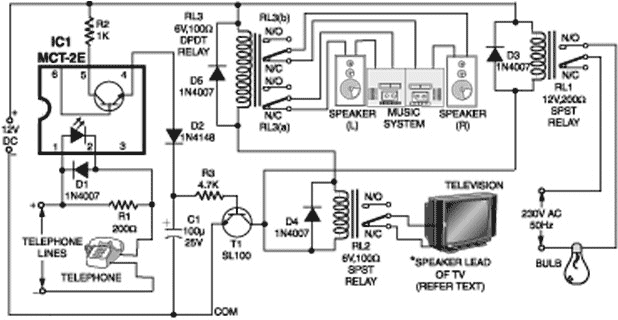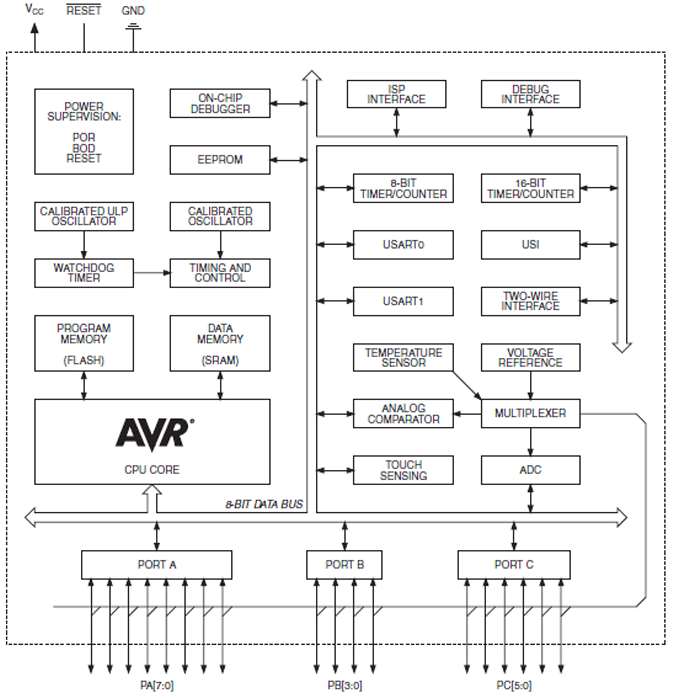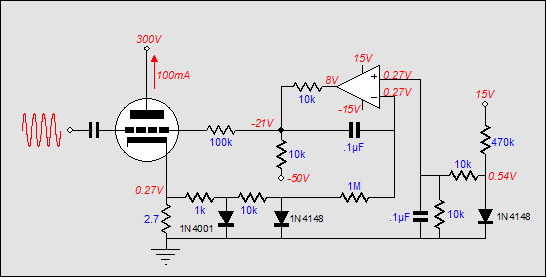
10 300V variable power supply circuit design diagram electronic project
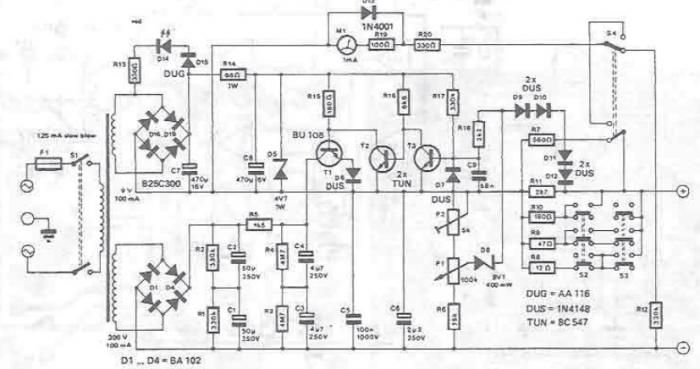
A DC power supply can be designed using high voltage transistors to provide an adjustable supply voltage ranging from 10 to 300 volts, which can be modified with potentiometer P1. Transformers used in these power supplies typically feature multiple windings, including both high voltage and low voltage. In this instance, a 300 V high voltage winding is utilized alongside a 9 V winding for circuit stabilization. This circuit is straightforward and requires no further elaboration. The secondary voltage (300 V) is rectified using diodes D1 and D4, resulting in an output of 420 V. To filter this voltage, two electrolytic capacitors with a voltage rating of 350 V must be connected in series. Two resistors (R1, R2) are connected in parallel to ensure equal voltage distribution across the capacitors. Resistor R5 is used to minimize power dissipation in Q1 and, in conjunction with a second RC network (R3, R4, C3, C4), supplies the collector of Q1 with a filtered input voltage of 350 V. Transistors T2 and T3 can be of the BC547 type, as they do not need to handle high voltage or current. Diode D7 serves to protect the base of Q3 from excessive negative voltage spikes. Additionally, four different current thresholds can be set using a second six-pole switch: 1 mA (no switch pressed), 5 mA (S2 activated), 15 mA (both S2 and S3 activated), and 50 mA (only S3 activated).
The described DC power supply circuit is designed to deliver a versatile voltage output, adjustable between 10 and 300 volts, making it suitable for various applications. The transformer is a critical component, providing the necessary high voltage and stabilization through its dual windings. The rectification process, facilitated by diodes D1 and D4, converts the AC voltage from the transformer into a higher DC voltage (420 V), which is then filtered to ensure a smooth output.
The use of two electrolytic capacitors rated at 350 V in series is essential for maintaining voltage stability and preventing overvoltage conditions. The parallel resistors (R1 and R2) play a crucial role in balancing the voltage across these capacitors, ensuring that they share the load equally and enhancing the reliability of the power supply.
Resistor R5 is strategically included to reduce power loss in transistor Q1, which is vital for maintaining efficiency within the circuit. The RC network composed of resistors R3 and R4 and capacitors C3 and C4 further stabilizes the input voltage to the collector of Q1, ensuring that it operates within safe limits while providing the required output voltage.
Transistors T2 and T3, specified as BC547, are chosen for their suitability in low voltage and current applications, thus ensuring that the circuit remains efficient without the need for high-power components. The inclusion of diode D7 serves as a protective measure for transistor Q3, safeguarding it from potential negative voltage spikes that could otherwise damage the transistor.
The ability to set multiple current thresholds through a six-pole switch enhances the circuit's versatility. This feature allows for precise control over the output current, catering to different operational requirements. The design thus provides a comprehensive solution for applications requiring adjustable high voltage DC power, with built-in protections and efficient voltage regulation.Using high voltage transistors can be designed a DC power supply that can provide a supply voltage between 10 and 300 volts which can be adjusted with the potentiometer P1. Transformers typically used in such sources have several windings of high voltage and low voltage winding.
In this case we used a winding high voltage 300 V, while a winding 9 V supply was used for circuit stabilization. This circuit is very simple and need not explain. Redressing the secondary voltage (300 V) with diodes D1. D4 are obtained 420 V. filter it, must be connected in series with two electrolytic capacitors rated voltage of 350 V. Two resistors (R1, R2) connected in parallel ensure equal voltages on the two capacitors. R5 resistance reduces power dissipation of Q1 and, together with a second RC network (R3, R4, C3, C4), feed collector of Q1 with a filtered input voltage of 350 V. The transistors T2 and T3 can be BC547 type, because they have nothing to do with voltage and high current.
Diode D7 protects the base of Q3 against excessive voltage peaks negative. You can set four different thresholds of current through the second switch keyboard with 6 poles: 1 mA (no switch pressed), 5 mA (S2 down), 15 mA (S2 and S3 hold) and 50 mA (only S3 down ). 🔗 External reference
The described DC power supply circuit is designed to deliver a versatile voltage output, adjustable between 10 and 300 volts, making it suitable for various applications. The transformer is a critical component, providing the necessary high voltage and stabilization through its dual windings. The rectification process, facilitated by diodes D1 and D4, converts the AC voltage from the transformer into a higher DC voltage (420 V), which is then filtered to ensure a smooth output.
The use of two electrolytic capacitors rated at 350 V in series is essential for maintaining voltage stability and preventing overvoltage conditions. The parallel resistors (R1 and R2) play a crucial role in balancing the voltage across these capacitors, ensuring that they share the load equally and enhancing the reliability of the power supply.
Resistor R5 is strategically included to reduce power loss in transistor Q1, which is vital for maintaining efficiency within the circuit. The RC network composed of resistors R3 and R4 and capacitors C3 and C4 further stabilizes the input voltage to the collector of Q1, ensuring that it operates within safe limits while providing the required output voltage.
Transistors T2 and T3, specified as BC547, are chosen for their suitability in low voltage and current applications, thus ensuring that the circuit remains efficient without the need for high-power components. The inclusion of diode D7 serves as a protective measure for transistor Q3, safeguarding it from potential negative voltage spikes that could otherwise damage the transistor.
The ability to set multiple current thresholds through a six-pole switch enhances the circuit's versatility. This feature allows for precise control over the output current, catering to different operational requirements. The design thus provides a comprehensive solution for applications requiring adjustable high voltage DC power, with built-in protections and efficient voltage regulation.Using high voltage transistors can be designed a DC power supply that can provide a supply voltage between 10 and 300 volts which can be adjusted with the potentiometer P1. Transformers typically used in such sources have several windings of high voltage and low voltage winding.
In this case we used a winding high voltage 300 V, while a winding 9 V supply was used for circuit stabilization. This circuit is very simple and need not explain. Redressing the secondary voltage (300 V) with diodes D1. D4 are obtained 420 V. filter it, must be connected in series with two electrolytic capacitors rated voltage of 350 V. Two resistors (R1, R2) connected in parallel ensure equal voltages on the two capacitors. R5 resistance reduces power dissipation of Q1 and, together with a second RC network (R3, R4, C3, C4), feed collector of Q1 with a filtered input voltage of 350 V. The transistors T2 and T3 can be BC547 type, because they have nothing to do with voltage and high current.
Diode D7 protects the base of Q3 against excessive voltage peaks negative. You can set four different thresholds of current through the second switch keyboard with 6 poles: 1 mA (no switch pressed), 5 mA (S2 down), 15 mA (S2 and S3 hold) and 50 mA (only S3 down ). 🔗 External reference
